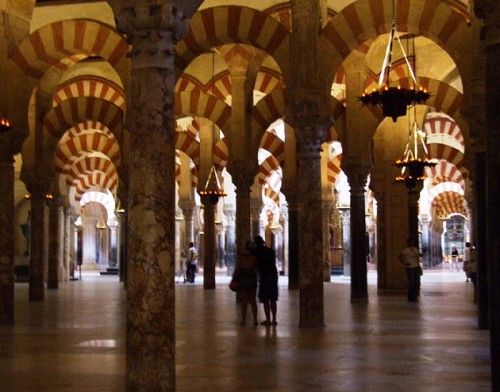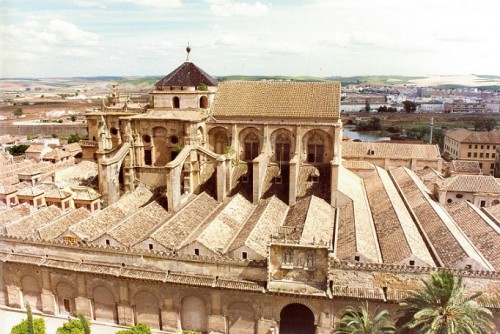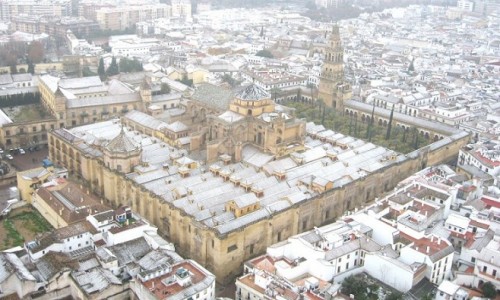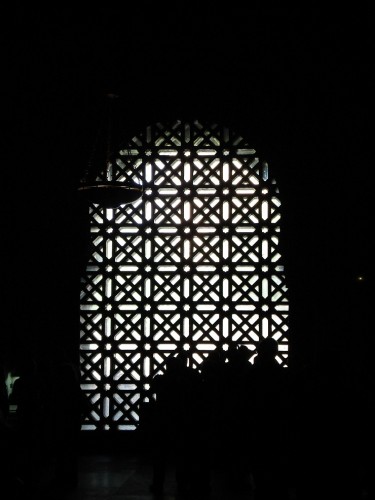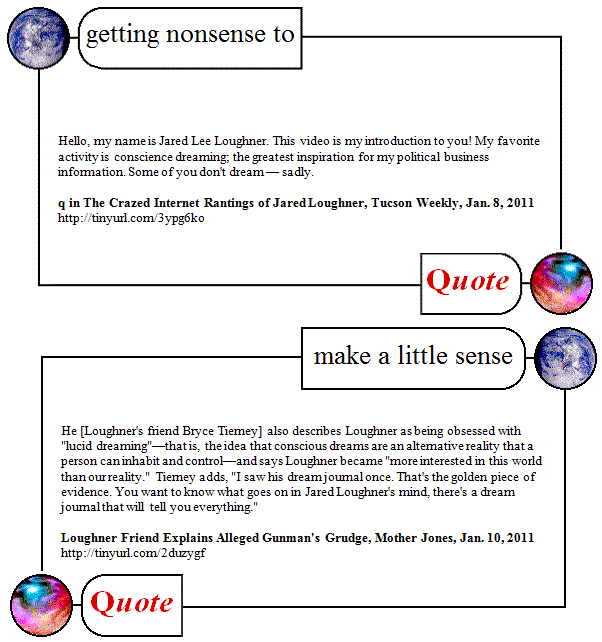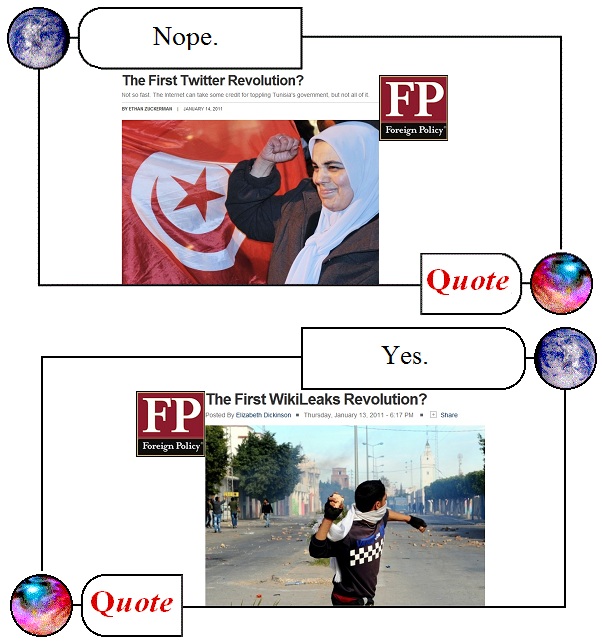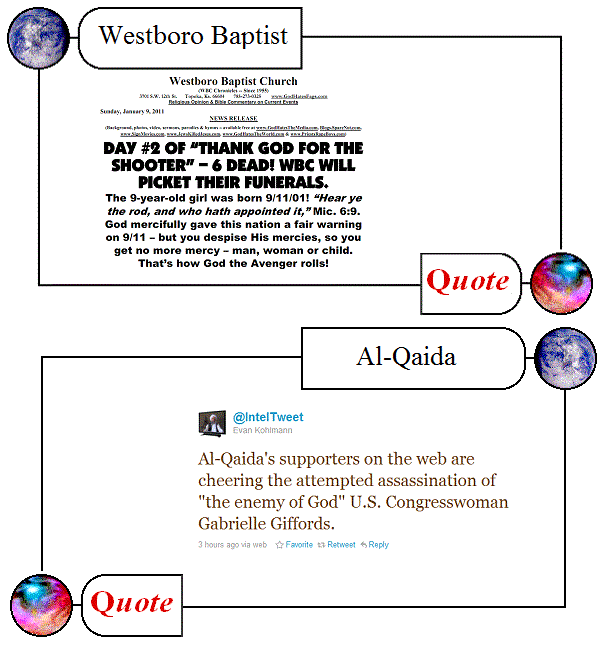[ cross-posted from Zenpundit ]
It is brilliant. On the one hand, the folded-paper crane is a well-known symbol of peace:
On the other hand:
Even [Thai PM Shinawatra] Thaksin’s attempts at peace have been problematic. Last winter, he decided to launch a “peace bombing” to assuage the fury of the nation’s mostly Muslim southerners, who were enraged at the implementation of martial law and the growing rate of disappearances, reportedly by Thai Buddhist security forces. So Thaksin asked the Thai people to fold him an enormous flock of origami birds and then dropped more than 100 million paper cranes over the roughly 5,000 square miles along the Malay peninsula that make up Thailand’s deep south. Dropping the birds was intended to be a gesture of peace from the north to the impoverished south. But the Muslim population saw the “peace gesture” differently. “The Islamic understanding of dropping birds is battle,” Dr. Chaiwat Satha-Anand, a political science professor at Bangkok’s Thammasat University told me. He pointed to Sura 105 of the Quran, “The Elephant,” in which God sends down “birds in flocks” upon his enemies to flatten them like blades of grass.
Eliza Griswold, Dispatches From Southern Thailand: From Separatism to Global Jihad
*
It was Graeme Dobell’s fine post today, The 2010 Madeleine Awards for diplomatic symbol, stunt or gesture, that clued me into Thaksin’s one hundred million symbols of peace, plummeting like bombs from the sky…

